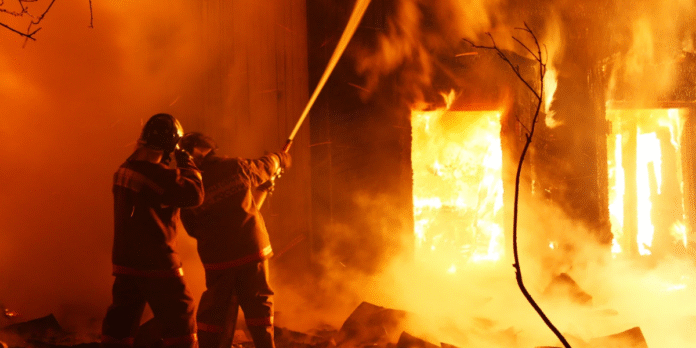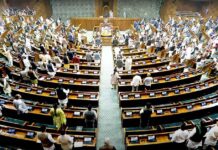A devastating blaze tore through the Dairy Farm area on the night of August 6, killing a long-time resident and leaving five families without shelter. Four days later, the survivors say they have received no compensation, no rehabilitation, and no concrete support from the administration, a silence that has deepened their distress.
The fire, suspected to have been triggered by a short circuit, consumed the closely packed settlement within minutes. Homes built largely of combustible materials were reduced to ashes, leaving residents with nothing but the clothes on their backs. The victim, Mumtaz Bibi, who had lived in the Andamans for over a decade, died in the incident; her body has since been sent to Kolkata, all the arrangements made by the TSG Charitable group.
Among those displaced are one Telugu family and four Bengali families, all long-time residents of the area. For over 10 years, they earned their livelihoods through daily-wage labour at the local jetty and selling pani puri. Their modest homes, painstakingly built over the years, are now piles of charred debris.
The survivors have been forced into makeshift arrangements, some taking refuge in the local councillor’s home, others staying with relatives. In addition to losing their homes, they have lost vital work equipment, personal possessions, and documents. Yet, despite the scale of the loss, no government agency has stepped forward with immediate relief, temporary shelters, or financial assistance.
The late-night timing of the blaze trapped residents inside their homes when the flames began. Though the fire was eventually contained, the lack of preventive infrastructure and cramped living conditions amplified the damage.
The incident has exposed a recurring pattern, where vulnerable working-class settlements, despite being integral to the local economy, are left to fend for themselves in the aftermath of disasters. With no official word on compensation or long-term rehabilitation, the families remain dependent on the goodwill of neighbours and relatives.
Today, the former neighbourhood is a blackened stretch of rubble, silent except for the voices of the displaced, waiting for a response that has yet to come. For these residents, the question is no longer just how to rebuild, but whether the administration will even acknowledge their loss.





